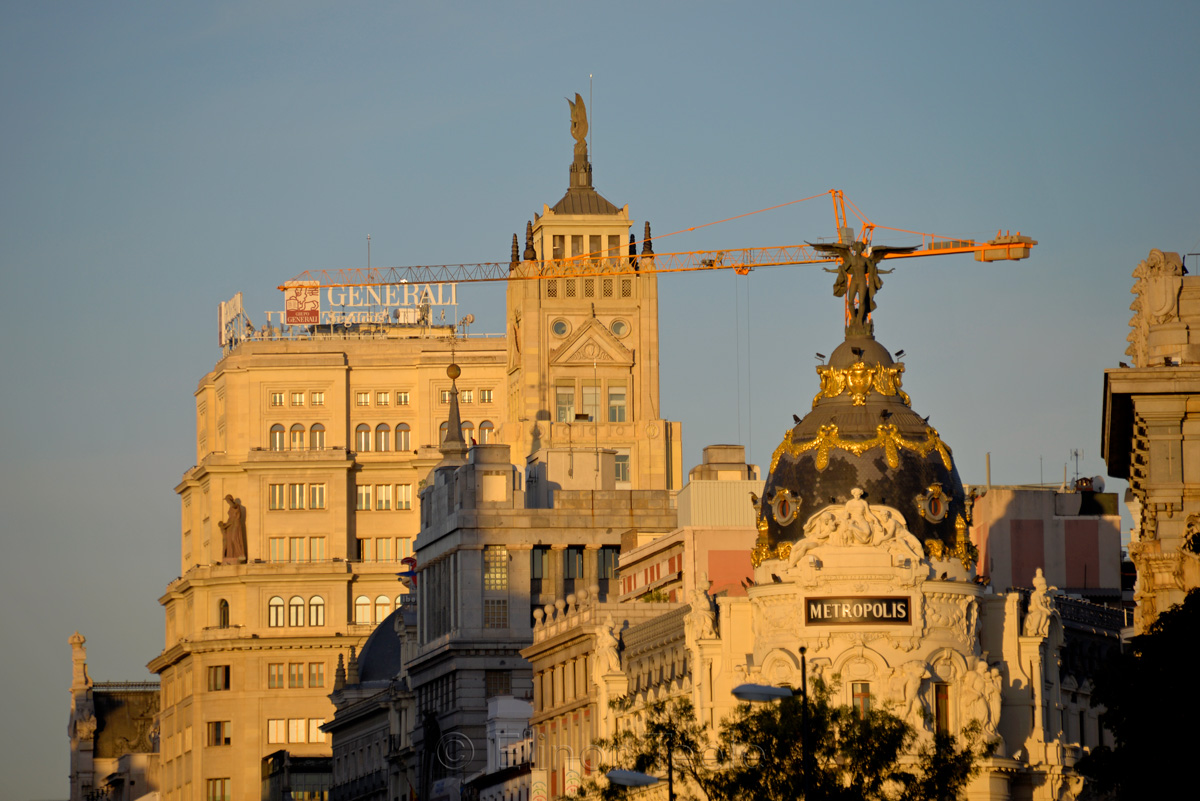Iglesia de San Ginés de Arlés | Church of San Ginés, Madrid
If you like El Greco (which I don’t), there’s a painting of the Purification of the Temple in the Iglesia de San Ginés de Arlés. If you like chocolate (which I do), the world-famous Chocolatería San Ginés is just behind this building. San Ginés is also where Lope de Vega
Continue readingIglesia de San Ginés de Arlés | Church of San Ginés, Madrid
Basílica de San Miguel | Pontifical Basilica of St. Michael, Madrid
Completed in A.D. 1745, the Basílica Pontificia de San Miguel is one of the city’s many Baroque survivals. It’s on the Calle de San Justo, which is why the panel above the door depicts the martyrdom of San Justo and Pastor. If you love the gorgeous garishness of this period,
Continue readingBasílica de San Miguel | Pontifical Basilica of St. Michael, Madrid
Calle de San Justo, Madrid
Why the Name? San Justo is the Spanish for Saint Justus. Justus and his friend, Pastor, were schoolboys in the early 4th century and lived near modern day Alcalá de Henares. Justus was 13 and Pastor was younger than 9. As always in early Christian tales, their end was not
Iglesia de las Calatravas | Church of Las Calatravas, Madrid
The Iglesia de las Calatravas is on Calle de Alcalá, squished between number of modern buildings. It’s a ghostly echo of the old days. The Military Order of Calatrava was created in the 12th century in order to defend Christian territories against Muslim attacks. Wives and daughters supported the mission
Continue readingIglesia de las Calatravas | Church of Las Calatravas, Madrid
Edificio Metropolis | Metropolis Building, Madrid
The Metropolis is the postcard picture of Madrid—you can’t leave town without it. Funnily enough, just like the Palacio de Cibeles, this Beaux-Arts construction is a bit of a baby. It was inaugurated in A.D. 1911, when the Gran Via was still being formed. The lady on the top is
Continue readingEdificio Metropolis | Metropolis Building, Madrid
Paseo de Recoletos, Madrid
This wide boulevard is the twin to the Paseo del Prado, which lies just to the south. Both were created during Charles III’s efforts to prettify the area. Unfortunately, a lot of the Paseo’s best features—Art Nouveau cafés, trees, plazas, and book stalls—are overwhelmed by the constant din & belch










